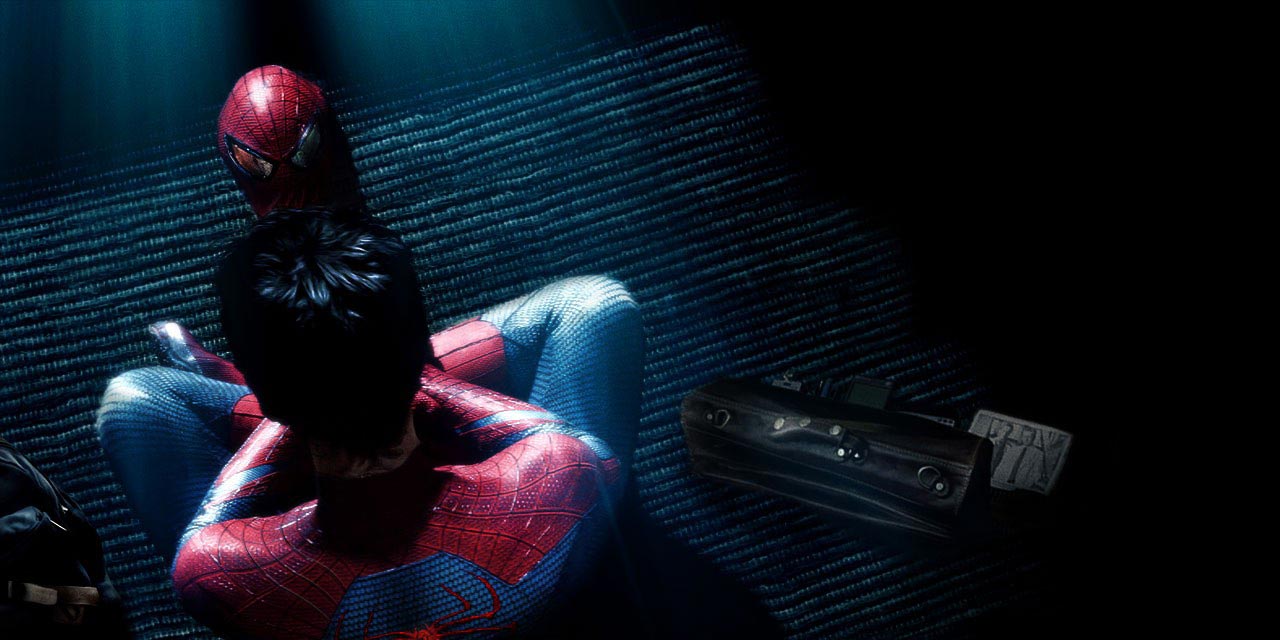3. The Superhero Formula Is Tinkered With

Anyone who has seen three or more superhero films knows the plot. Boy/Girl has traumatic childhood, they grow to steady/reclusive adult/teen, further traumatic event leads them to discover powers/calling, series of moments show development of skill, love interest takes a turn, close ally/family member harnesses similar power/calling, said person becomes threat to local city/universe, hero and villain fight whilst love interest is in peril, hero wins, love interest is sidelined for greater good, hero swings/flies/runs at camera with non-diegetic monologue, cut to black. Although it could be argued that Raimis Spider-Man helped to establish this formula, thus cementing its superiority; Id argue that the ability to scramble these pre-concieved notions is more remarkable. Three things happen within The Amazing Spider-Man that are way out of left field, and frankly, quite refreshing. Peter doesnt find Uncle Bens killer, in fact he loses sight of his mission when he becomes public enemy number one and has to go on the run. This leave a strand open for further development at a later stage. Another unusual development is that Peters secret identity becomes known to at least three major characters. This sort of reveal/identity issue is often saved for sequels as a means of demonstrating the difficulties of being a hero. The third development is that the main villain doesnt die at the end. It is common practice to kill off the villain in the origin film, as it lays ground for a new and more powerful baddie in the sequel. Come the end credits of The Amazing-Spider-Man (
bar a deflating sting) we are left with a new set of expectations for the sequel. Expectations which are uncommon and energizing and it means we are not quite sure what to expect; and that is ultimately a good thing.

